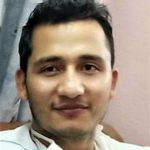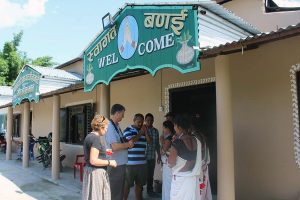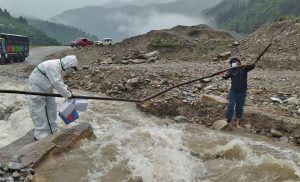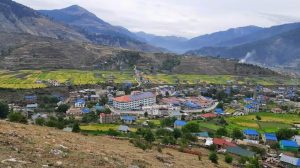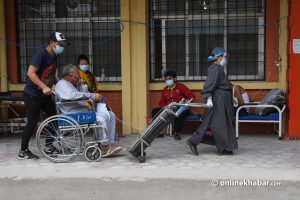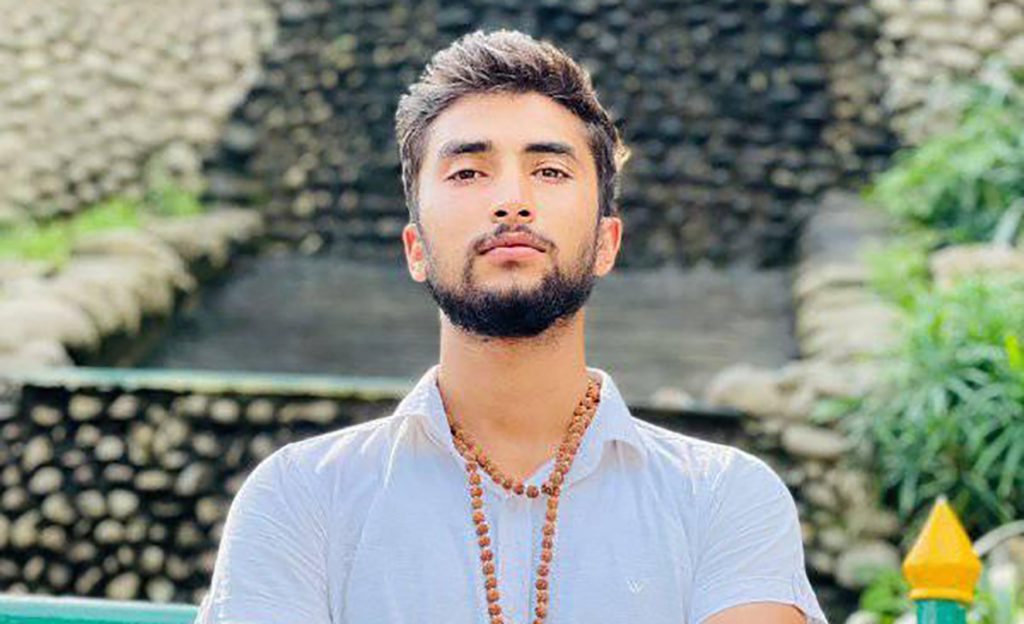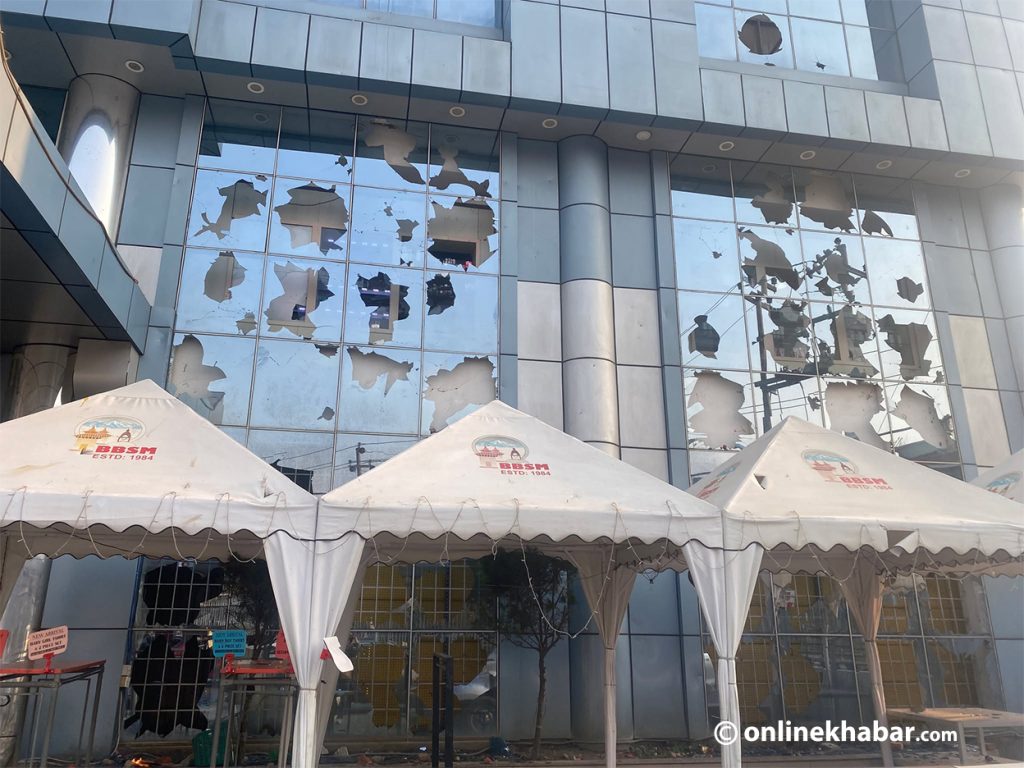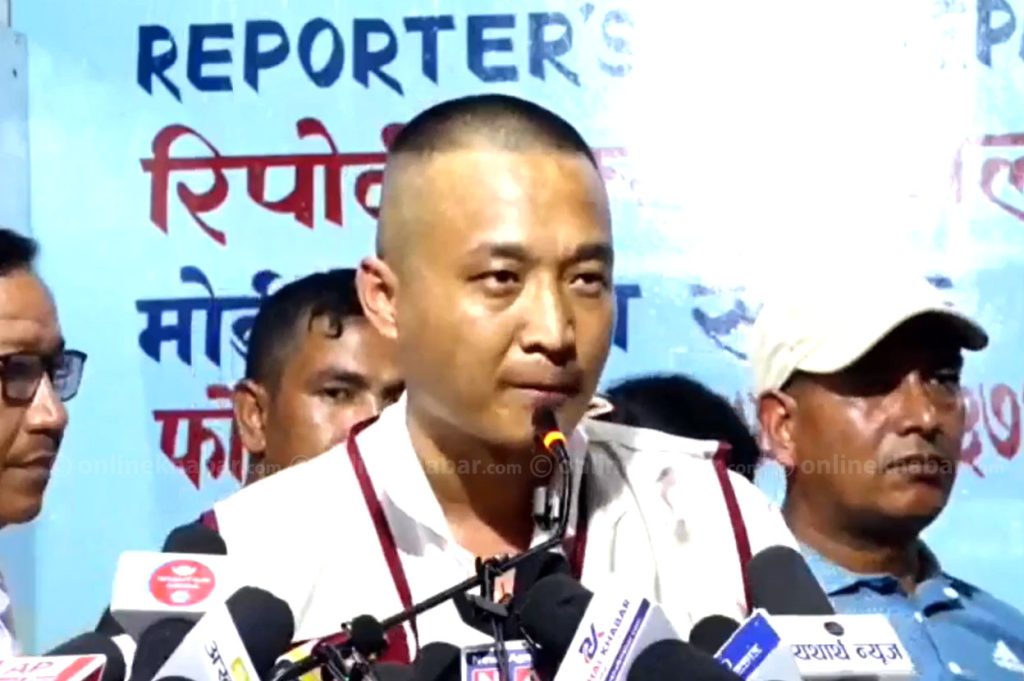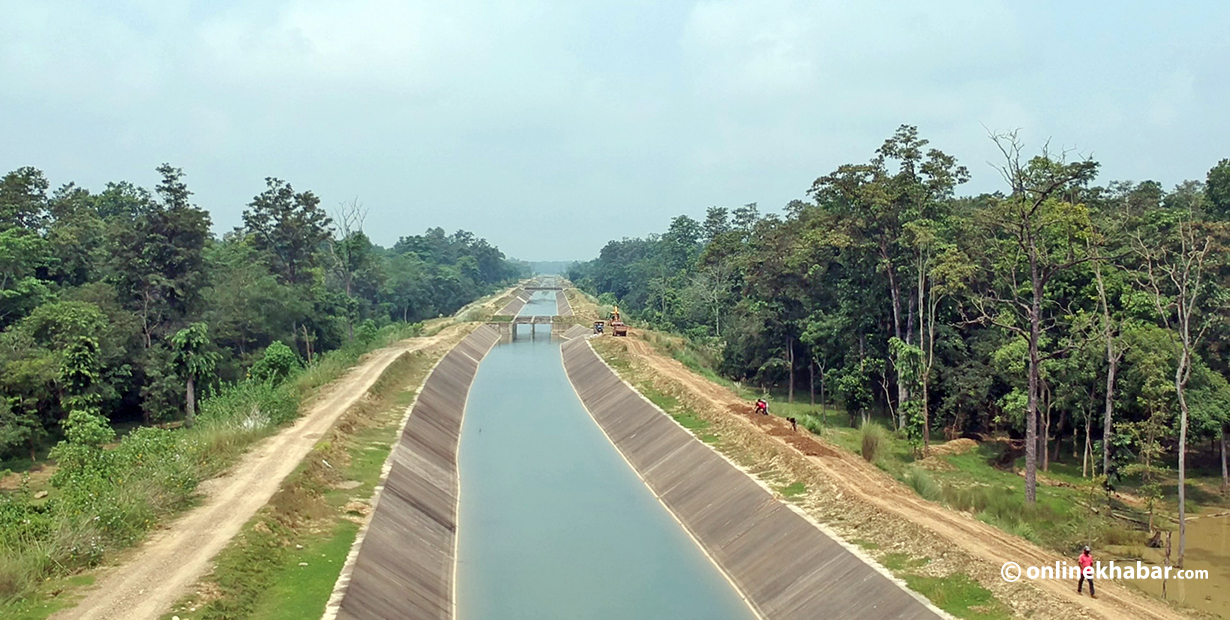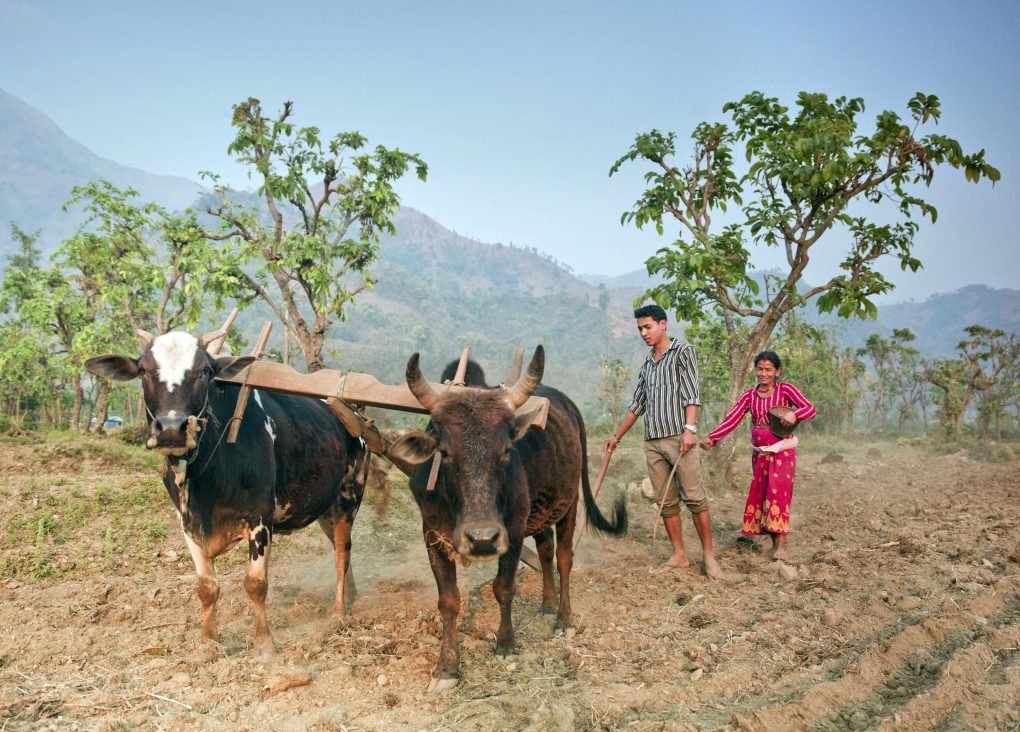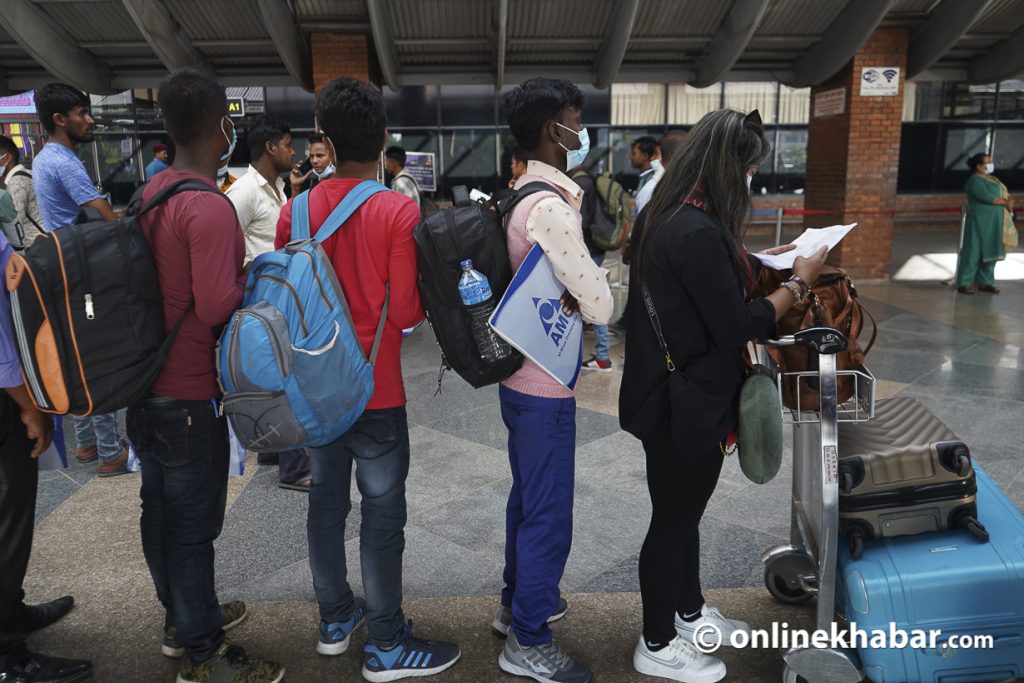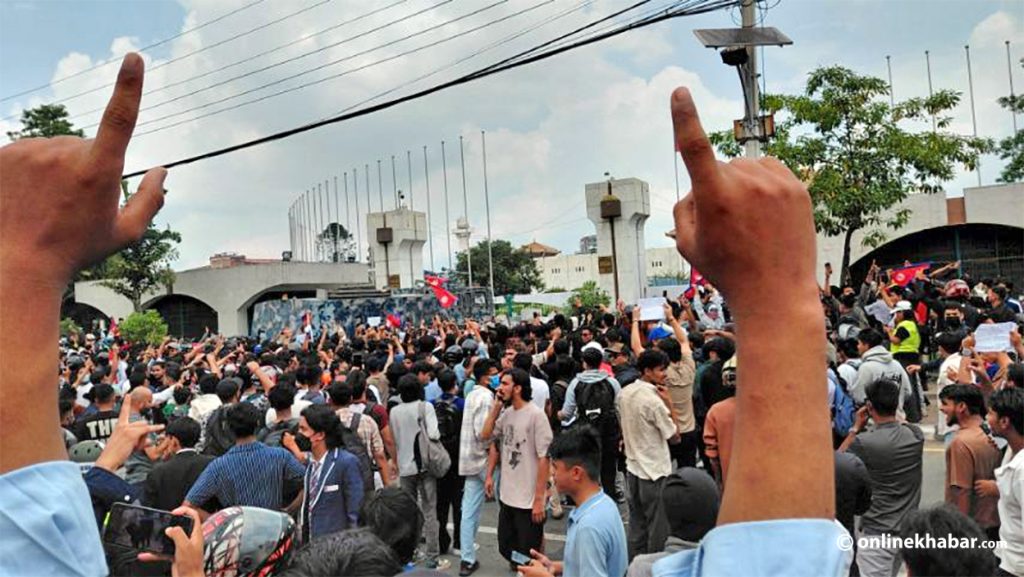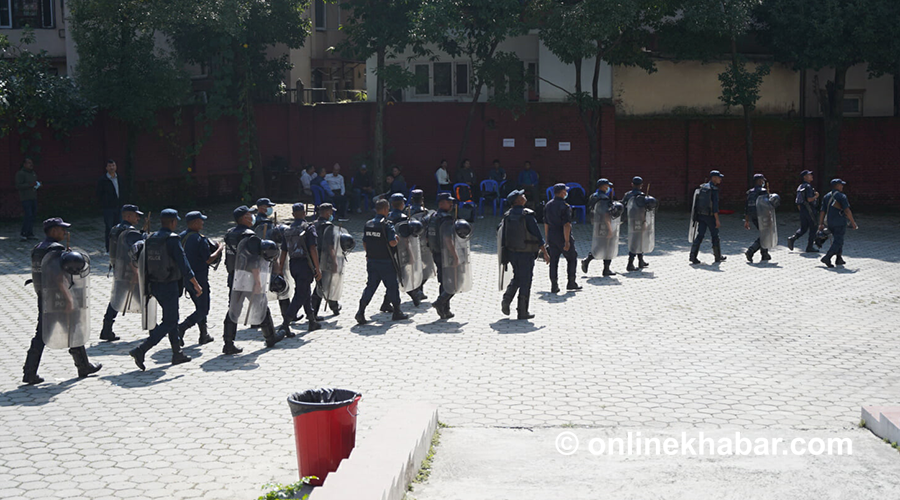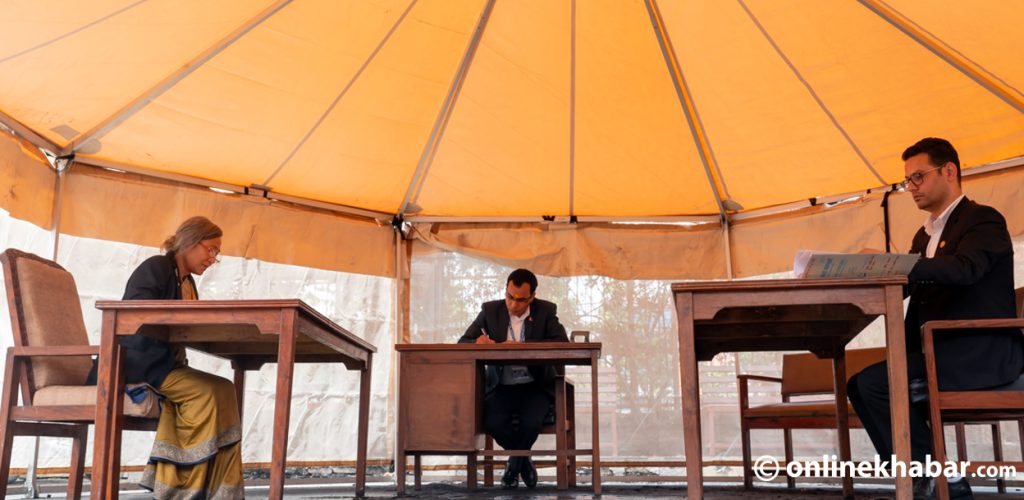
In rural Nepal, accessing basic healthcare services can be a challenge. This challenge becomes even greater when it comes to accessing radiology services that are essential for the diagnosis and treatment of many illnesses and conditions.
However, the distance from rural areas to medical facilities offering these services creates a significant barrier to accessing care. In addition, resource mobilisation and access to these services are not equitable, meaning some individuals and communities may have better access than others.
In this sense, there is an urgent need for equitable radiology services in rural Nepal, and a way out on how this gap can be bridged through increased resource mobilisation and access to these essential services.
The current status
The current state of radiology services in rural Nepal is inadequate. There is a significant gap in the availability of these services in these areas compared to urban areas. Most rural communities lack access to even basic services such as digital X-rays and ultrasounds.
This lack leads to delayed diagnoses, inappropriate treatments and poor health outcomes. The rural population is at a disadvantage as they are far from urban centres where radiology services are concentrated. Patients in rural areas often have to travel long distances to access these services. This not only increases healthcare costs but also puts additional strain on already limited healthcare resources in rural parts of Nepal.

Additionally, rural healthcare facilities often have outdated or broken radiology equipment, which makes it difficult for doctors to provide accurate diagnoses. Reliable uninterrupted electricity supply is another important issue to be addressed to ensure the efficacy and lifespan of the machine.
Although three-phase power transmission may not be available in most rural centres, imaging equipment can be designed to operate in the existing environment. But this has not been done yet.
The impact
Inadequate radiology services can have a significant impact on rural communities in Nepal. Certain diseases that could be diagnosed with basic skills such as pneumonia, tuberculosis, long bone fracture, obstructive airway diseases and osteomyelitis are being missed causing significant morbidity and mortality.
This can lead to a range of problems, including unnecessary suffering, increased healthcare costs and even death. Additionally, a lack of radiology services means that medical professionals in rural areas may not have the tools they need to provide the best possible care to their patients.
The impact of inadequate radiology services goes beyond just healthcare. It can also have economic and social consequences. For example, people living in rural areas may be forced to travel long distances to receive medical care, which can be expensive and time-consuming.
This can lead to a loss of income and productivity, as well as a decrease in quality of life. So, it is important to bridge the gap in healthcare resources and invest in the necessary infrastructure and equipment to provide equitable radiology services. This will not only improve the health outcomes of rural communities but also have positive economic and social impacts.
Bridging the gap

Limited resources in rural areas can often be a hindrance to the establishment of radiology services. Therefore, it is essential to mobilise resources and utilise them effectively to provide adequate radiology services to rural communities.
There are successful examples in which resources are mobilised and utilised in an effective manner. Basic obstetric ultrasound training, which is provided to health workers at the grassroots level is one of the successes.
Community involvement is key to the success of bridging the gap in rural Nepal. The community needs to be given a voice in the development of healthcare services, which will help to ensure that the services provided are equitable and appropriate to the community’s needs.
Community health workers can be trained to provide basic radiology services in remote areas, which will help improve access to care. Another solution is to leverage technology to provide remote radiology services.
Telemedicine technology can be used to connect radiology facilities in urban areas with healthcare providers in rural areas, enabling remote interpretation of radiology images. Radiologists centred in the urban area can be clustered by some application and they can volunteer for image interpretation or be paid on a number basis.
Donor agencies and philanthropic organisations can play a vital role in providing funding for healthcare infrastructure development, training programmes as well as tele-reporting. Private-public partnerships can also be established to supplement government efforts and enhance the sustainability of the initiatives.
This will not only improve access to radiology services but also reduce the need for patients to travel long distances for medical care.
In conclusion, the need for equitable radiology services and resource mobilisation in rural Nepal cannot be overstated. With collaborative efforts and focused investment, it can be ensured that people in rural areas can have access to quality radiology services, improving their health and well-being.


